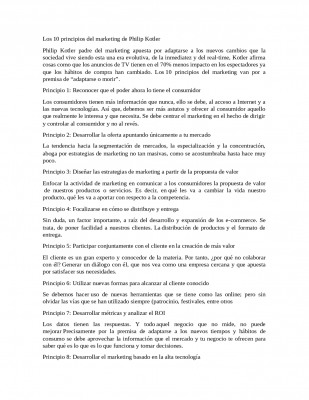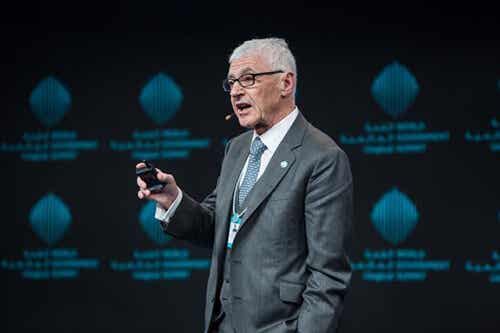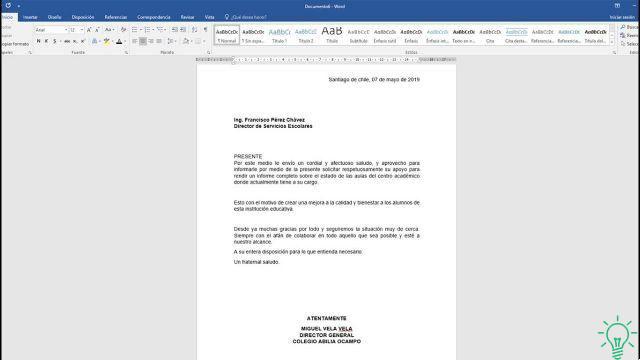Intermittent interaction produces positive results. Many companies have group and individual spaces where interaction can be paused for a period of time.

Last update: December 22, 2019
Harvard University proposes a new approach to problem solving techniques. In this sense, the importance of that known as intermittent interaction in the resolution of complex conflicts.
According to this prestigious institution, technology has made available a constant and low-cost connection, but that does not always work to our advantage. Instead, he argues that intermittent interaction can be the best way to solve several complex problems.
"HBS associate professor Ethan Bernstein sees a range of workplace implications in different models of collaboration, including the benefits of alternating individual efforts with teamwork over a period of time."
-The Harvard Gazette-
A research with surprising results
Research conducted by Harvard Business School (HBS) Associate Professor Ethan Bernstein and colleagues, in Italian How Intermittent Interruptions in Interaction Improve Collective Intelligence, published in Proceedings of the National Academy of Sciences (PNAS) on August 13, states that being active all the time can rob us of efficiency. While intermittence would represent the best way to solve problems, even complex ones.
The study was conducted after analyzing complex problem solving by several three-person groups. In one of the groups the members never interacted with each other, managing to solve the problem in complete isolation. Members of another group interacted continuously and those of the third group did so only intermittently.
Following a prior research, scientists expected individuals who solved problems individually to be the most creative, and that in groups they would not get the same results. They also predicted that the constantly interacting subjects would get a medium to high quality solution, but would not be able to find better solutions as often.
Unexpected conclusions of the research
Instead, it was found that the groups that interacted intermittently reached a quality of solution similar to that of the groups that did it continuously, but with the advantage of the individual part in finding the best solutions.
The most surprising aspect was that when the interactions were of the intermittent type, those who performed better improved by learning from those with the lowest performance. But if you interacted continuously, those with low performance copied the solutions of those with high performance and were ignored by the latter.
As a result, when interactions were intermittent, ideas proposed by low-performing ones helped high-performing ones find better solutions.
Intermittent interaction promotes productivity
"Bernstein and his co-authors see a number of workplace implications from these findings, including the benefits of alternating individual effort with teamwork over a period of time."
-Ethan Bernstein-
At Harvard they say that this is how work is generally done in different organizations. Specifically, people work alone, then they meet and then go back to work alone. However, they point out that the advancement of technology has changed those cycles.
They also state that the researchers have found some similarities in the way organizations currently work. In fact, teamwork involves intermittent periods that allow the individual to work alone, so as to achieve better results.
"As we replace these kinds of intermittent cycles with ever-on technologies, we risk reducing our ability to solve problems optimally."
-Ethan Bernstein-
Intermittent interaction produces positive results. They also claim that companies often have group and individual spaces in which interaction can be paused for a period of time.
Conclusions on intermittent interaction
In summary, research at Harvard concluded that designs that foster intermittent, rather than constant, interaction are much more effective for productivity and performance than previously thought.
They also add that technology and the use of digital collaboration tools shouldn't disturb intermittent isolation. This way, workers could solve the most complex problems in less time.
"Organizations known for the excellence of their ideas in terms of creativity and exchange of ideas, such as IDEO, often use an integrated intermittent process."
-Ethan Bernstein-

























